Filmmaker Su Dike talks about turning a dream into a reality and driving into the heart of a typhoon, Xu Fan reports.

For Su Dike, an indie director and meteorological photographer, the fascination with typhoons began not in a classroom, but under a quilt, as he lay awake listening to the terrifying sound of his first major storm.
It was the summer of 2012. Su, then 12 years old, had just moved with his parents from inland Chengdu in Sichuan province to Hangzhou, the capital of Zhejiang province, when Typhoon Haikui slammed into the country's eastern coast, offering a brutal introduction to the raw power of nature.
"The sound of the wind was horrible. I had never heard such a fierce wind before," says Su, now 24, who recently graduated with a master's degree from the Communication University of China.
READ MORE: The eye of the storm
Despite failing to fall asleep that night, Su discovered a unique "rhythm" to the typhoon, which sparked his strong interest. He surfed the internet, devouring everything he could find about typhoons — their paths, the elements that form them and their immense energy.
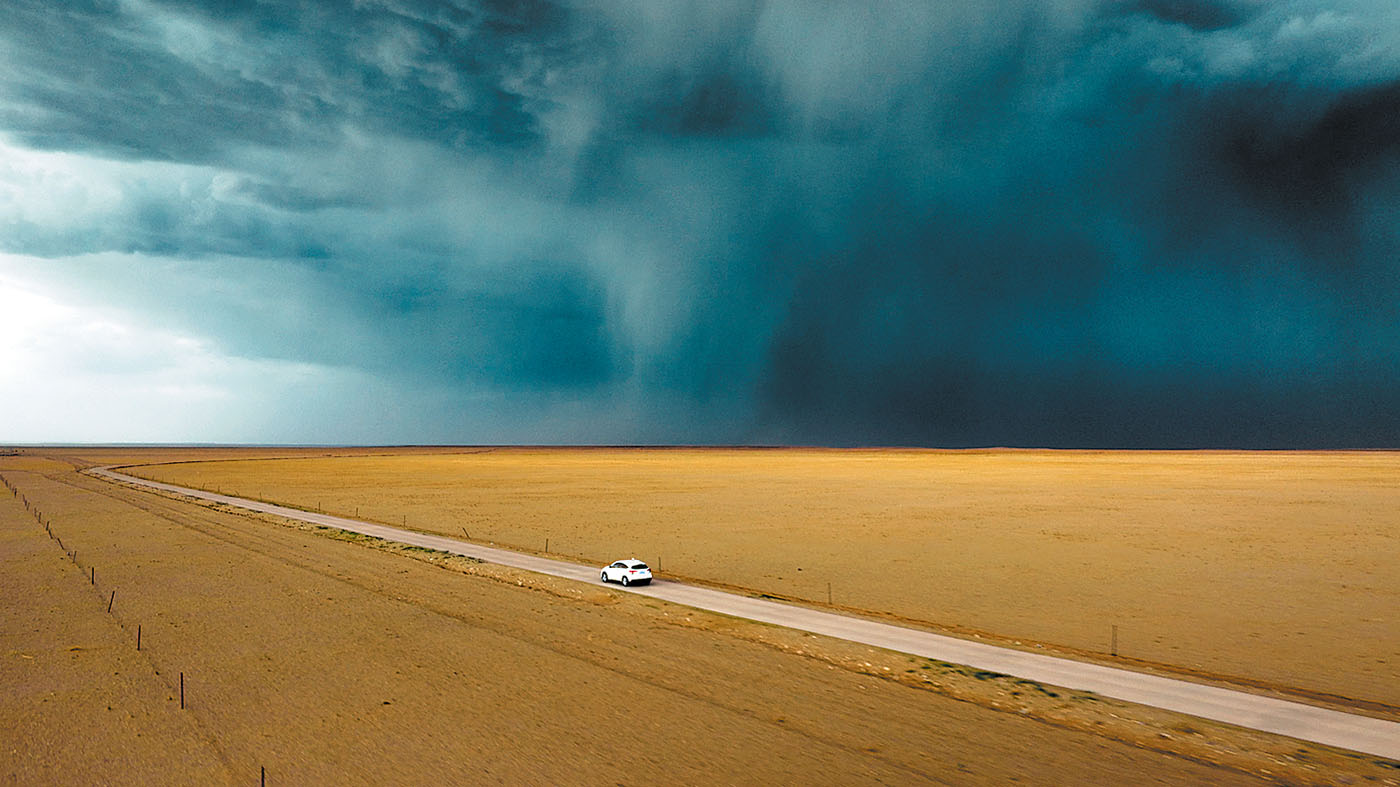
Around two years later, Su acquired his first single-lens reflex camera, igniting what would become his second long-term hobby: photography. However, it wasn't until he stumbled upon American filmmaker and storm chaser Sean C. Casey's documentary, Tornado Alley, that these two parallel hobbies intersected.
"It was the first time I had learned that someone could drive a vehicle directly into the eye of a tornado. That 40-minute documentary planted a seed in my heart, making me yearn to create a Chinese equivalent of Tornado Alley," recalls Su.
This adolescent dream is now a reality, documented in high definition. Over the past six years, Su, alongside fellow storm-chasing enthusiasts Wang Lucheng and Zhong Yi, both in their 20s, has traveled more than 60,000 kilometers across 10 provinces, pursuing more than 200 thunderstorms and typhoons along the country's coastline.
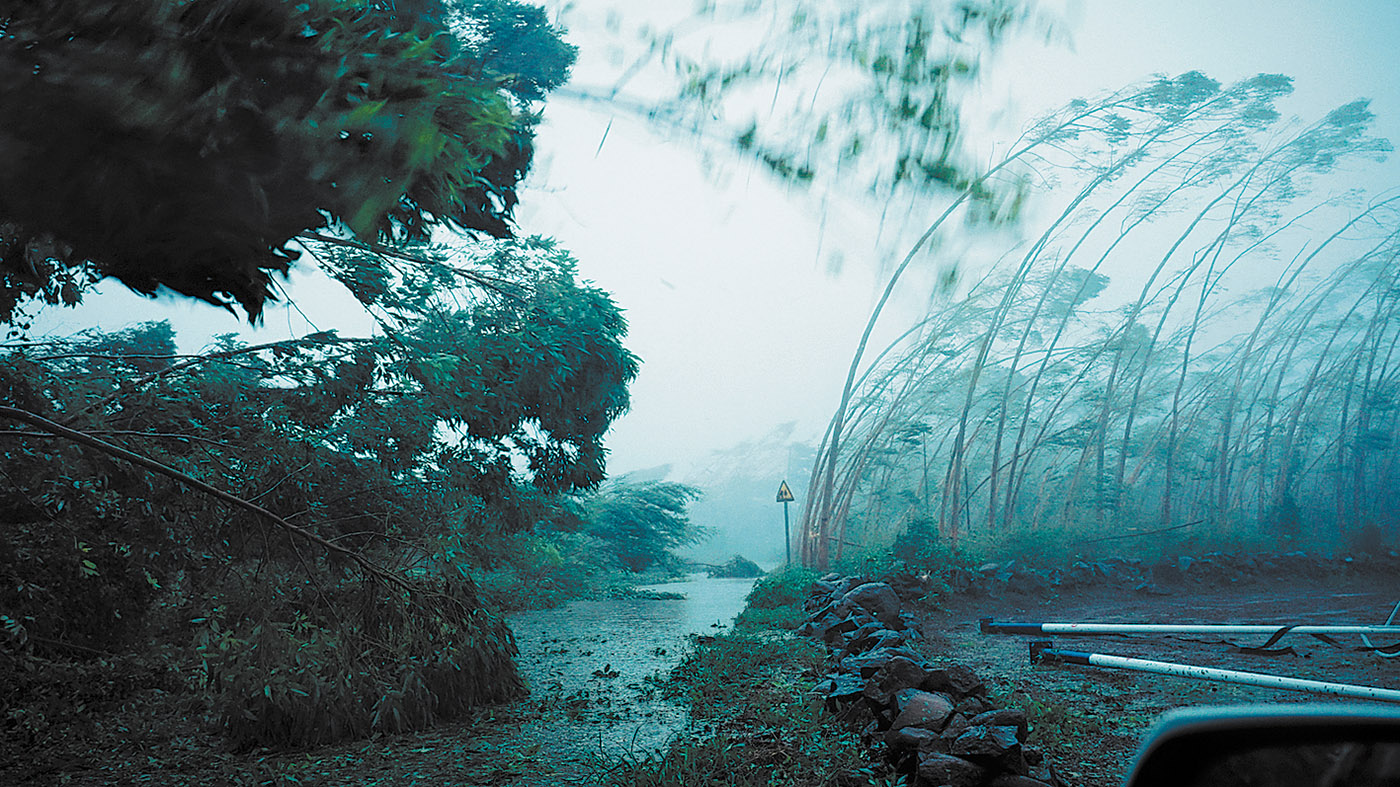
These journeys initially culminated in his directorial debut, the short documentary Soul of the Storm, which propelled him to internet fame in 2022. Its feature-length sequel, Soul of the Storm 2: Cruise — expanded to 130 minutes — has been streamed on the popular video-sharing platform Bilibili in Dolby Vision and Dolby Atmos formats since July 25, generating over 430 million views as of Monday.
Recently, Su and his fellow creators — all passionate storm chasers in their 20s — attended a special screening event at a Dolby Cinema in downtown Beijing. The event showcased their work on a giant screen with Dolby Vision and Dolby Atmos, creating a more lifelike and immersive audiovisual experience.
David Zhou, business strategy director at Dolby Laboratories, likens Dolby's innovations to an extensive "color palette" capable of rendering nature's extremes with remarkable realism.
By faithfully restoring color saturation and authenticity — from serene skies to menacing storm clouds and sudden lightning — the Dolby experience makes viewers feel as though they are chasing the storm alongside the filmmakers.
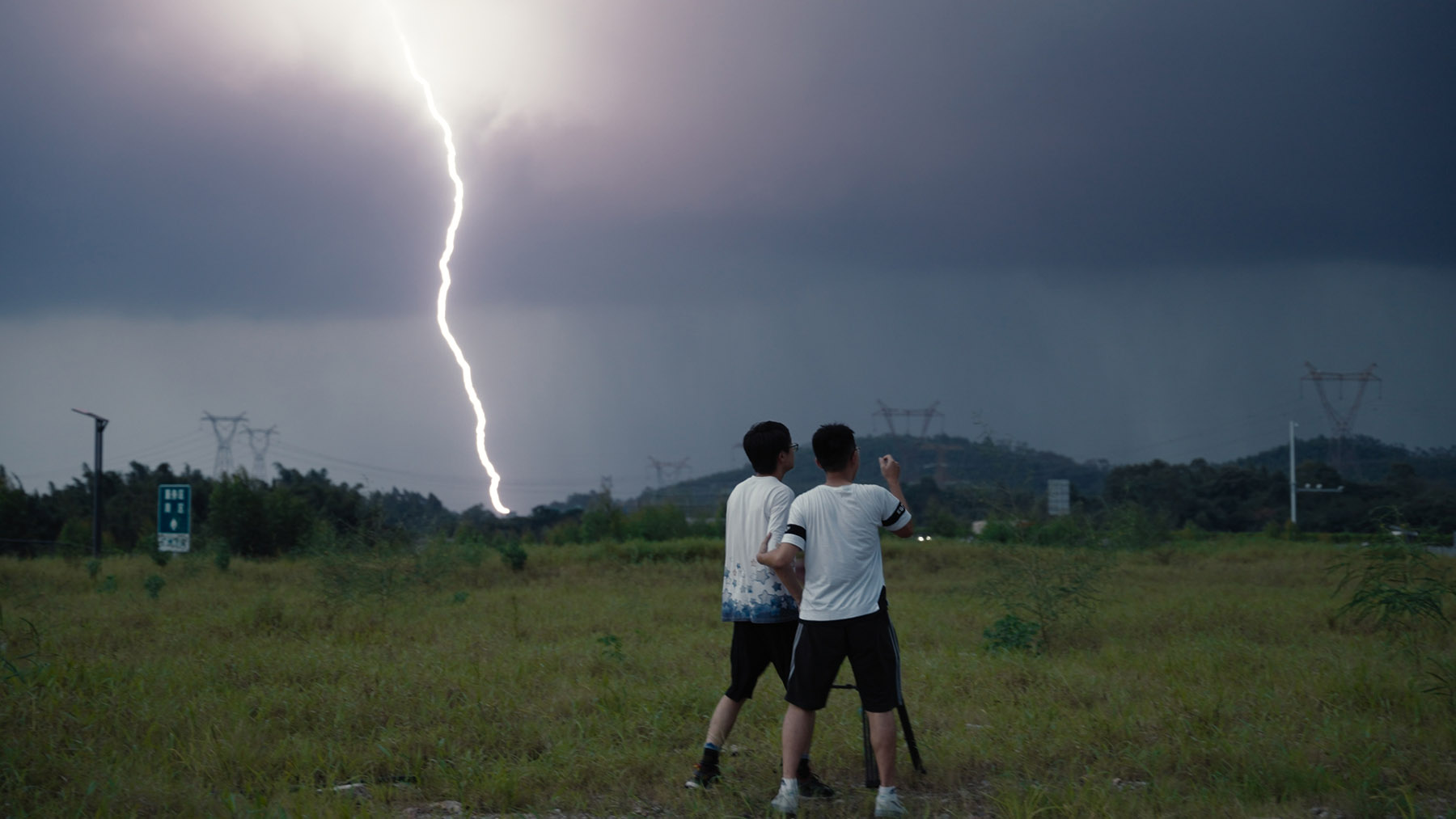
Zhou recalls that he has known Su since 2021, when Dolby collaborated with Bilibili on an online project that guided at least 300 video-making enthusiasts in using advanced innovations to enhance their films' visual and audio impact. Su was one of the first to experiment with it.
Impressed by Su's youth, Zhou was even more astonished after watching a trailer for Soul of the Storm shortly after Su — then studying for his second year in his university's photography department — sent it to him.
"I took out my smartphone, put on my earphones, and was truly awestruck. Seeing those massive clouds roll toward you, with the storm swirling around you, I thought to myself, if I were 10, maybe 20 or 30 years younger, I would join them," says Zhou.
Interestingly, Su's first storm-chasing adventure included his father who drove the car as a reward for Su's college admission.
The trip took place in August 2019, when Typhoon Lekima — one of the most destructive typhoons to hit China this century — made landfall in Taizhou, Zhejiang province.
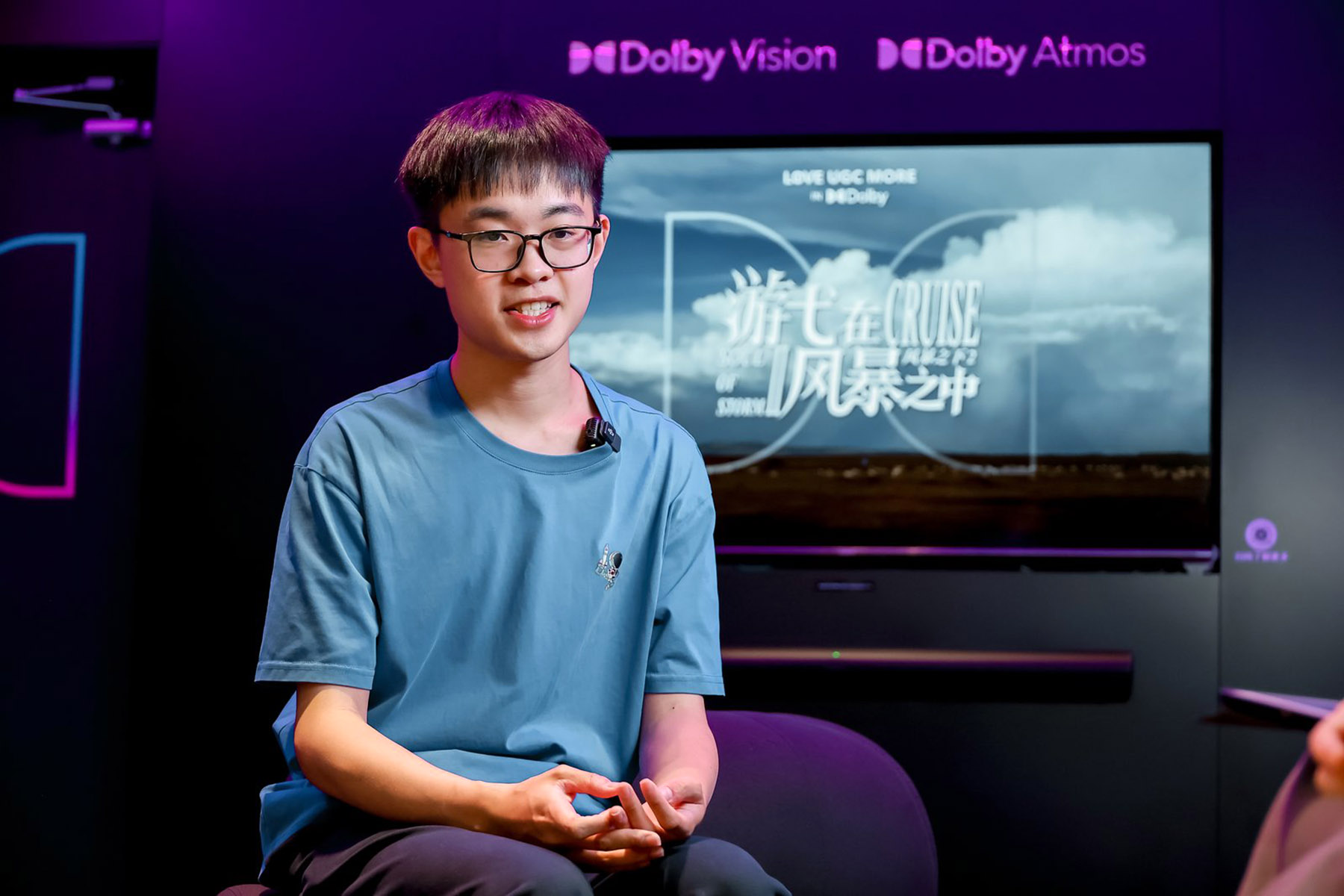
At the time, Lekima was dumping a huge amount of rain, with over 300 millimeters of precipitation recorded in 156 towns and villages across the province; the average rainfall in Taizhou's Linhai district even exceeded 500 millimeters.
"Back then, I didn't know how to drive, so my father was behind the wheel. He popped open the trunk and had me sit inside, holding a camera to shoot backward," recalls Su, adding that this is how he captured footage of the howling wind and torrential rain.
Although storm chasing is still a niche hobby in China, Su has met some like-minded individuals through online communities, such as Wang, a computer science major in Shanghai, who became his most important partner. Together, they spent six years chasing storms from 2019 to 2025.
Their dedication exemplifies the creative passion of Generation Z, who approach content creation with a pure and sincere attitude, says Li Bo, an associate professor of the intelligent imaging engineering institute of the Beijing Film Academy.
Platforms like Bilibili have further fueled this creative wave by providing creators with cutting-edge tools.
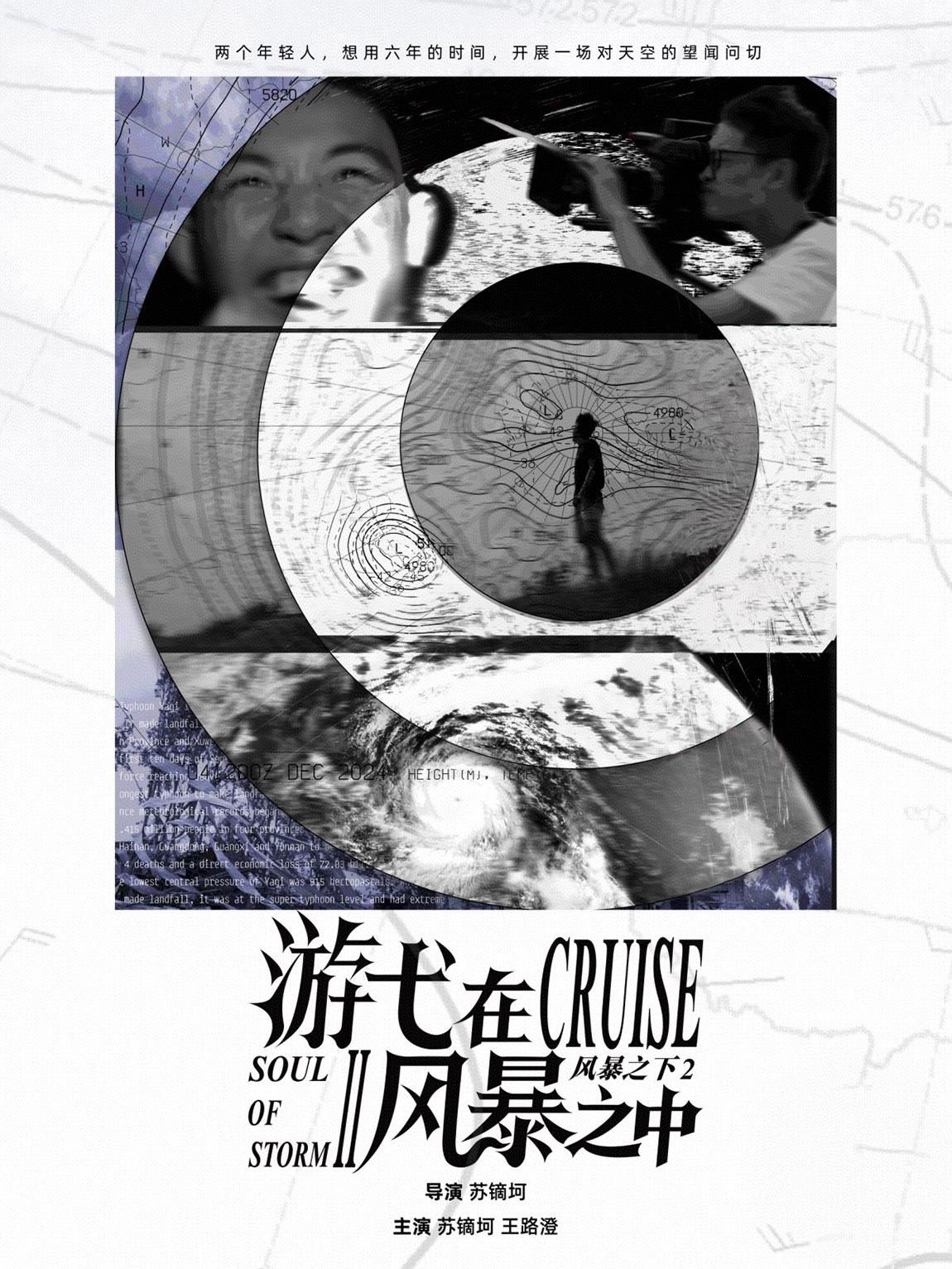
According to Yuan Jiahao, head of Bilibili's science popularization sector, the platform became the world's first of its kind to support the sharing and viewing of videos in Dolby Vision and Dolby Atmos upon its launch in August 2021. This advanced feature has attracted a wave of young creators, including renowned natural landscape photographer Ji Changyuan, known online as "linksphotograph", and technology product reviewer Tim Pan, known as "yingshijufeng (media storm)".
Ji's video documenting his trip to Norway's Svalbard archipelago — the northernmost inhabited islands on Earth — has amassed over 3.9 million views. Similarly, Pan's video about being entrusted by a business tycoon to purchase a commercial satellite has been watched more than 13 million times on the platform.
ALSO READ: Photographer finds joy in dark nights
"The digital era has really given us more possibilities to chase our dreams," Su says, adding that his documentary isn't just about storms — it's about how his generation sees the world.
"The core of my film is to show how two curious young people observe the sky and the world, and what our generation cares about," he concludes emotionally.
Contact the writer at xufan@chinadaily.com.cn


